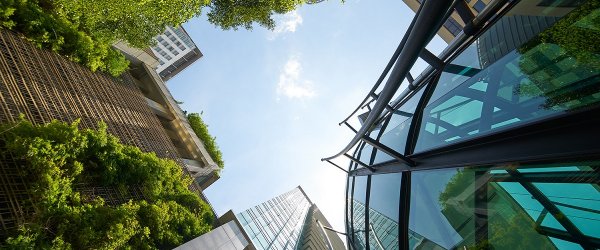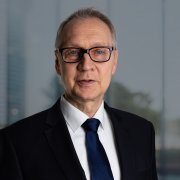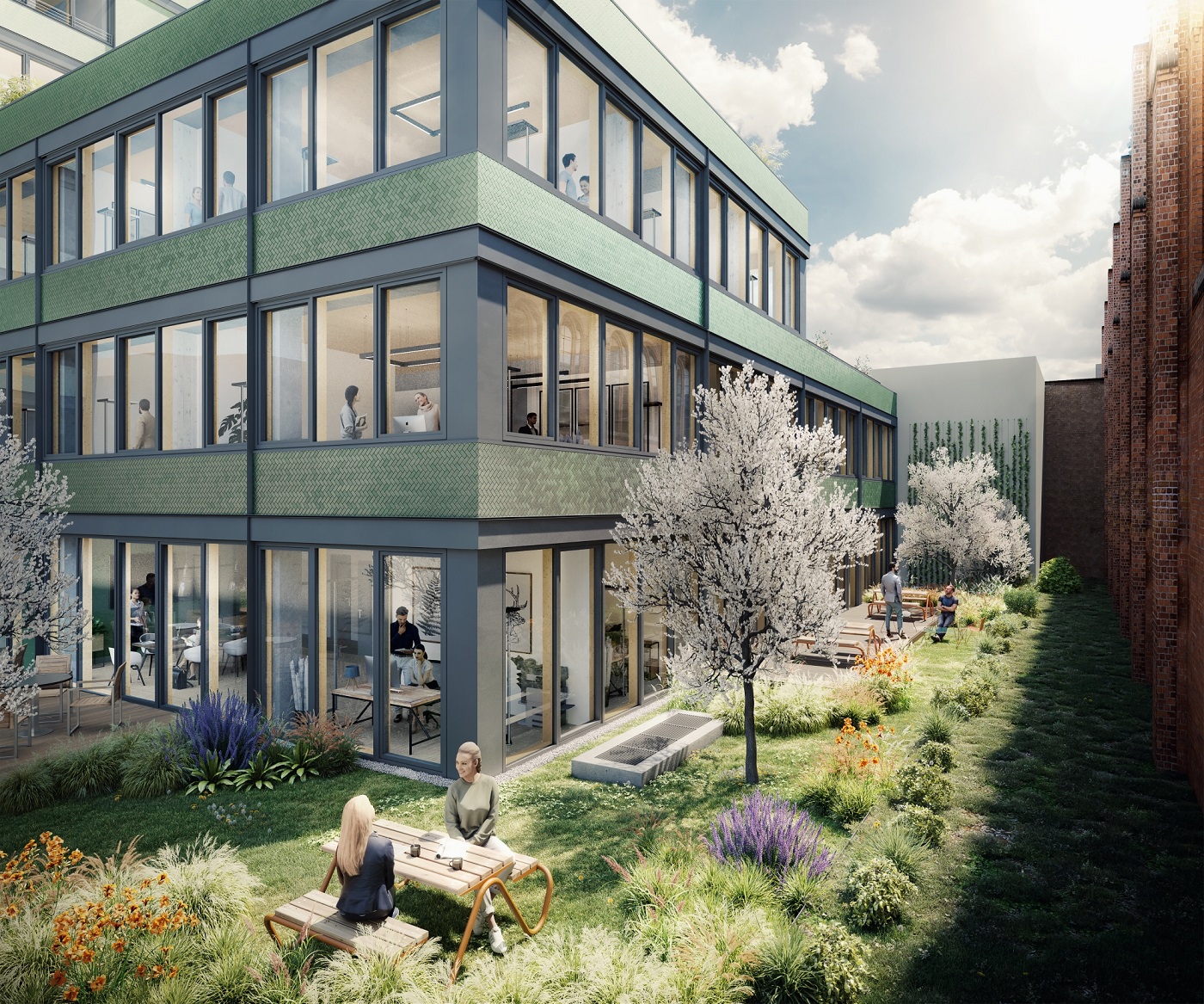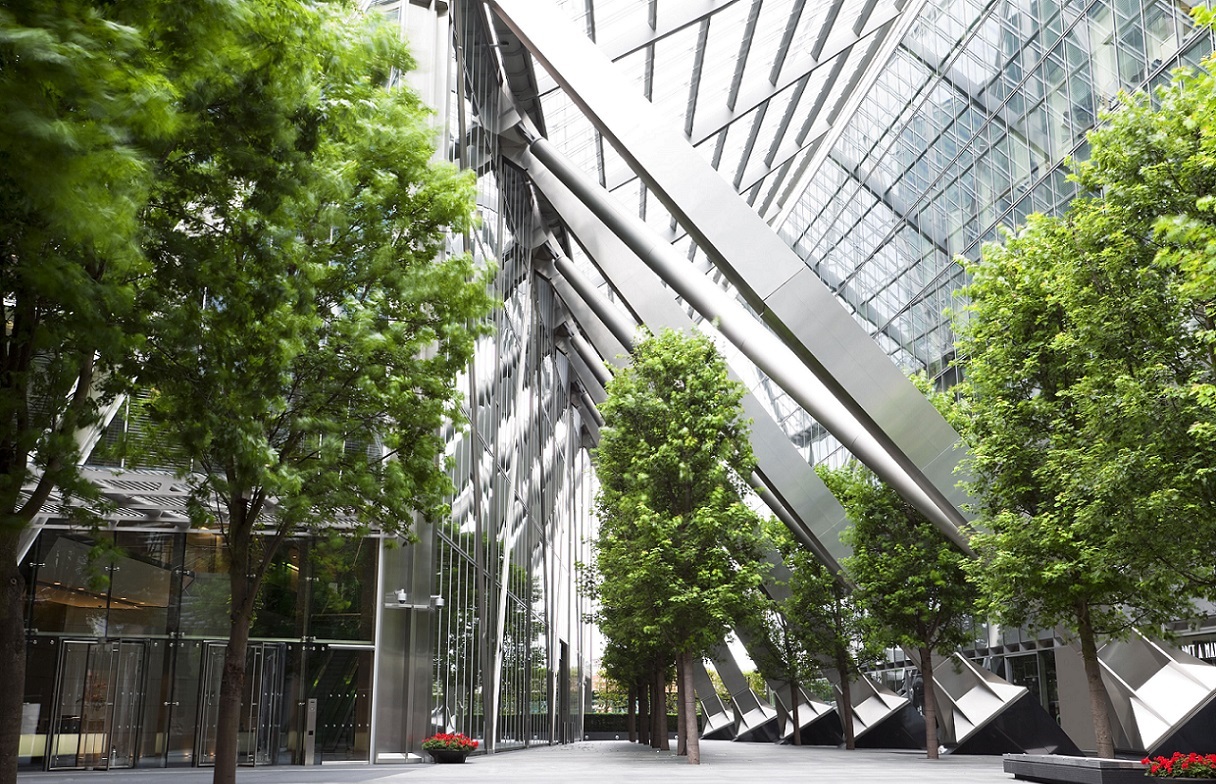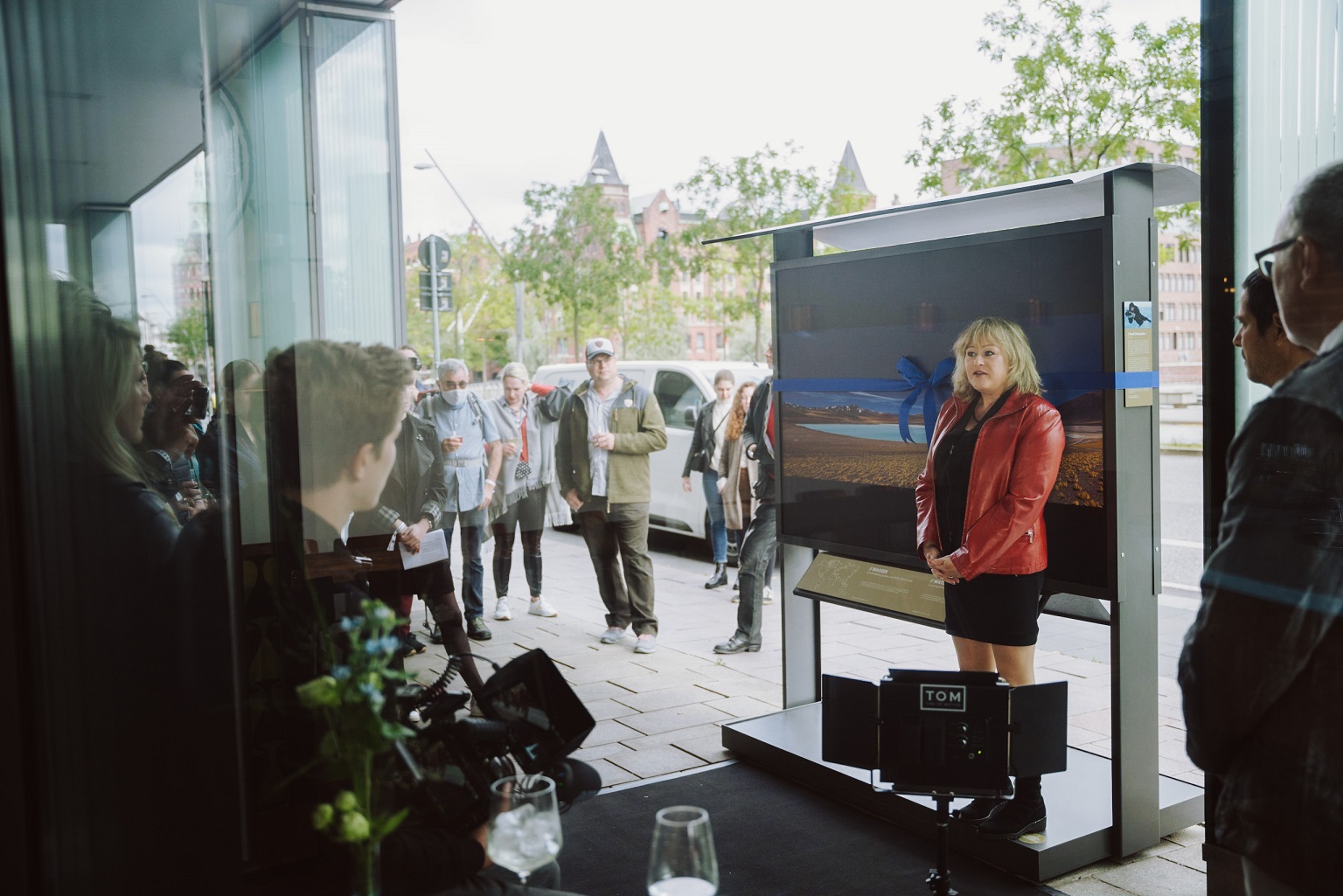GREEN BUILDING CERTIFICATION SYSTEMS
Sustainable buildings are most easily identified not by their green facades but by official green building certificates. A number of certification systems for sustainable buildings have been established around the world. There are more than 40 different international certificates. The most well known in Europe are BREEAM, DGNB, LEED and HQE, with the latter mostly used in France.
We asked our expert Hermann Horster, Head of Sustainability at BNPPRE, to explain the most well-known sustainability certification systems and to provide an overview of the key facts.
Under EU legislation, ESG has gone from nice-to-have to must-have.
Overview of the most well-known green building certification systems
BREEAM (Building Research Establishment Environmental Assessment Method) was developed in the UK in 1990, making it the oldest certification system. The fact that an extremely high number of certificates have been issued using the system makes it the most widely used certification system for sustainable construction, particularly in the UK. BREEAM sustainability ratings are based on a simple scoring system that is applied to the criteria listed below.
BREEAM criteria for determining a building’s sustainability:
- Energy and water consumption
- Health
- Management
- Materials
- Environment
- Transport
- Pollution
Where is BREEAM used in Germany?
BREEAM certification is rarely used for new-builds in Germany. However, the BREEAM certificate for stock properties is very popular. “BREEAM DE Bestand” certificates (formerly “BREEAM in use”) do not require any refurbishment/optimization of the building and only take the current building status into account to a very limited extent. Analysis and assessment are based on the following 3 modules, which can applied individually or in combination: the building, building operation and/or tenants. The fees involved in the certification process are also affordable, making certification cost-effective and relatively easy to obtain.
LEED (Leadership in Energy and Environmental Design) is based on the BREEAM system and was developed in the USA in 1998. It also uses a simple scoring model for various criteria that determine whether a building can be classified as a green building. LEED is the basic certificate with higher certification levels in Platinum, Gold and Silver available as well.
LEED criteria for determining a building’s sustainability:
- Energy
- Land
- Quality of the interior
- Innovation and design
- Resources
- Water efficiency
Where is LEED used in Germany?
LEED certification is primarily sought by property developers for office new-builds that are going to be leased in the CBDs of the Germany’s prime markets. The main objective in obtaining certification under the US system is to attract international investors and tenants. Owner-occupiers rarely choose to pursue LEED certification.
LEED certificates are available for almost all types of use.
Recent example of a LEED-certified building:
LEED GOLD: Highlight Towers in Munich was completed in 2004. The development comprises two high-rise office towers and two low-rise buildings. Impressive glass facades provide ideal lighting in the offices areas and the windows feature wind protection and soundproofing elements. Employees benefit from an environmentally friendly air-conditioning and ventilation system in all of the buildings.
DGNB (Deutsches Gütesiegel Nachhaltiges Bauen) The German Sustainable Building Council developed the DGNB rating system in 2007 together with the German Federal Ministry of Transport, Building and Urban Affairs. The certificate was first awarded to a building in 2009. DGNB is the most popular certification system in Germany with a market share of over 80% in the new-build segment. Rating levels are Platinum, Gold, Silver and Bronze.
DGNB criteria for determining a building’s sustainability:
- Environment
- Efficiency
- Processes
- Social aspects
- Location
- Technology
Where is DGNB used in Germany?
Although the DGNB certificate is used internationally, its primary focus continues to be the German new-build segment. Because DGNB strives to promote sustainability in the built environment, DGNB certificates are available for almost all building types, including infrastructure such as tunnels and bridges.
Recent example of a DGNB-certified building:
Timber Office, a wood-hybrid office development in Hamburg, was awarded the DGNB Gold certificate for its sustainable design, low-tech strategy to reduce energy consumption and integrated mobility concept that encourages employees to engage in sustainable commuting. The pioneering development promotes communication and focuses on well-being as a guiding principle.
Outlook:
Green building certificates are becoming increasingly popular. The number of certified buildings has increased from just 550 in 2013 to 2,600 in 2021. In a market environment characterised by uncertainty around the new (but not yet finalised) EU regulatory framework (EU Taxonomy and SFDR) and its requirements, certificates have recently experienced a somewhat surprising increase in popularity. One out of every four euros was invested in certified buildings in 2021, and green buildings accounted for 25.7% of total transaction volume involving single-asset deals. Even more impressive, one out of every three euros in the office segment was invested in certified buildings, which claimed a share of 37.7% in total transaction volume. Both of these represent record results.
Under EU legislation, ESG has gone from nice-to-have to must-have, with many real estate companies still looking for guidance on how to approach climate risk analysis and Article 8 and Article 9 funds. In this environment, the criteria and compliance levels of recognised certificates provide a certain degree reliability. A number of transactions confirm this as well. Building certificates (even older ones) are viewed a favourably, something that can then be added to and verified during the ESG due diligence phase of the acquisition process on the basis of specific, and in some cases more recent, (taxonomy) criteria.
